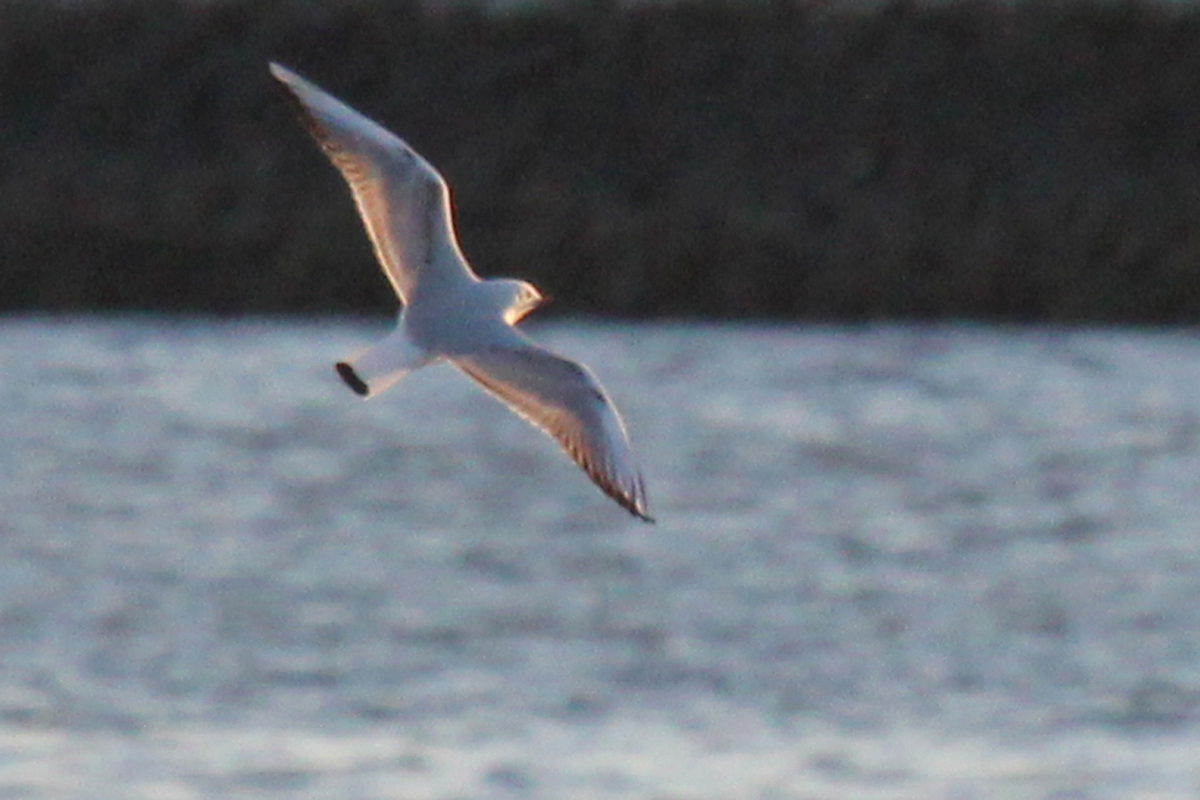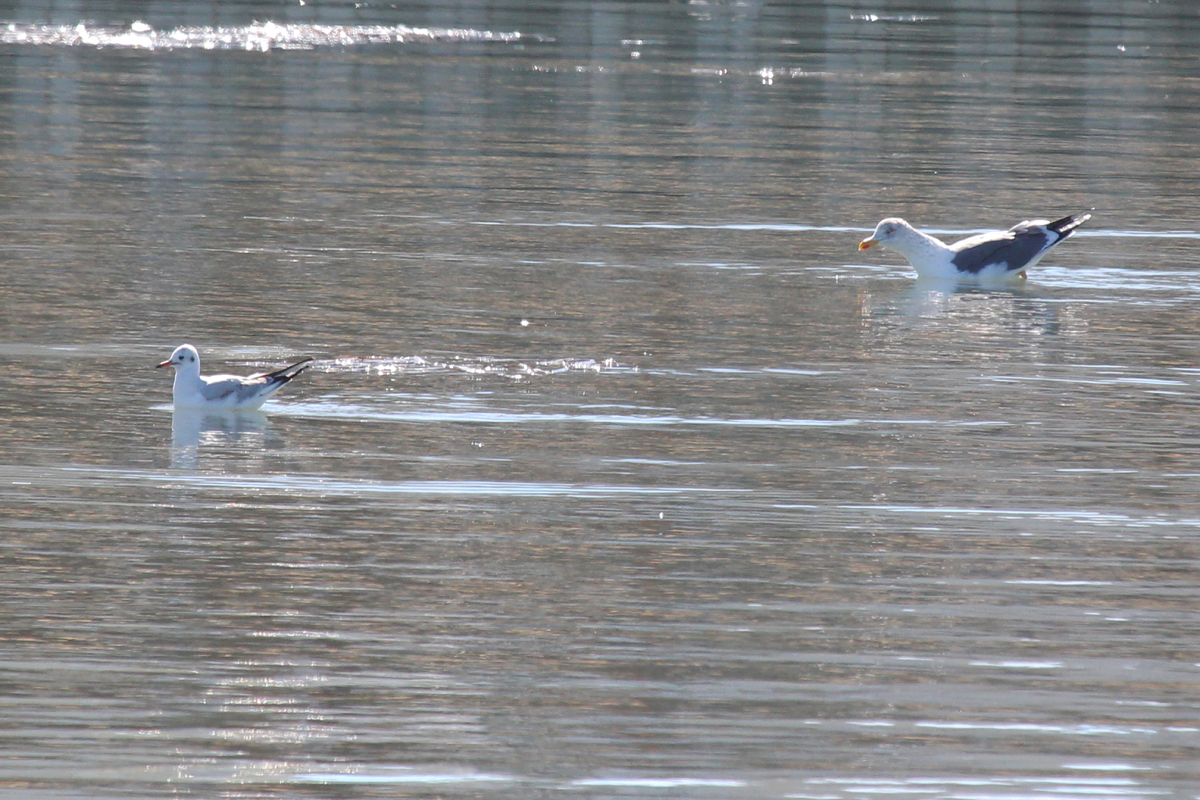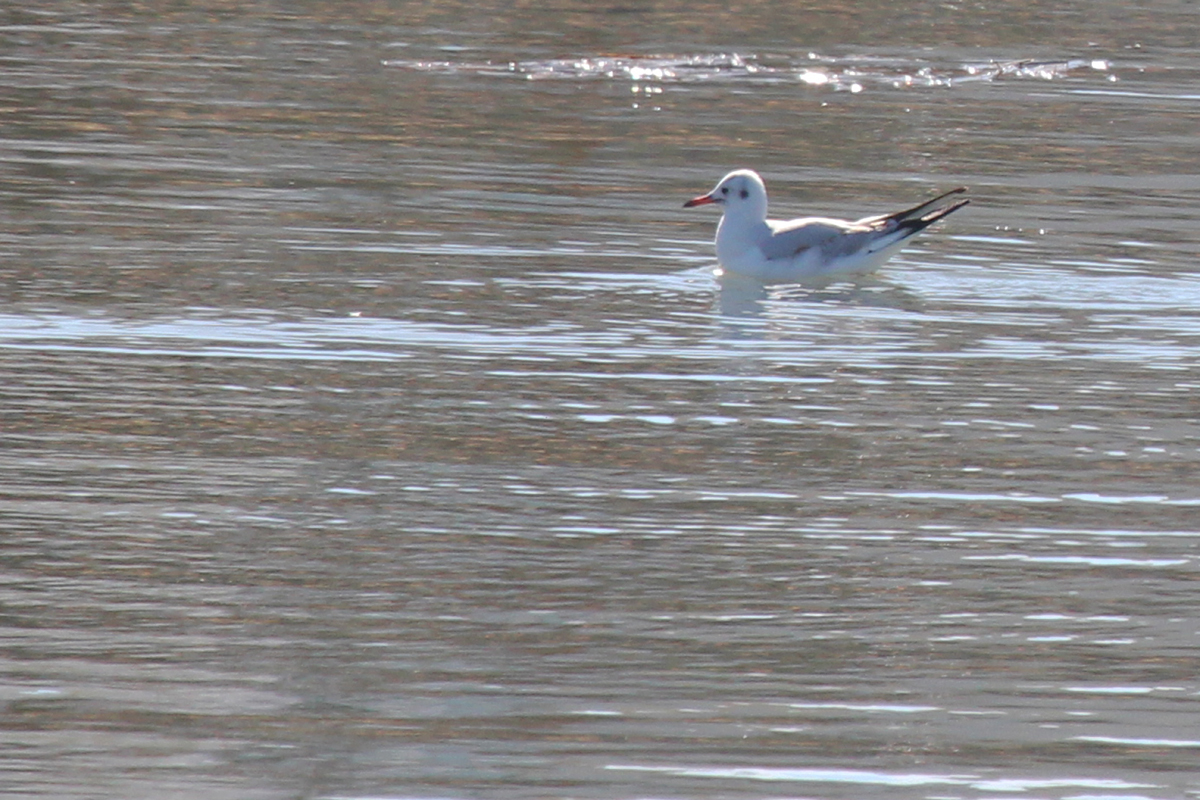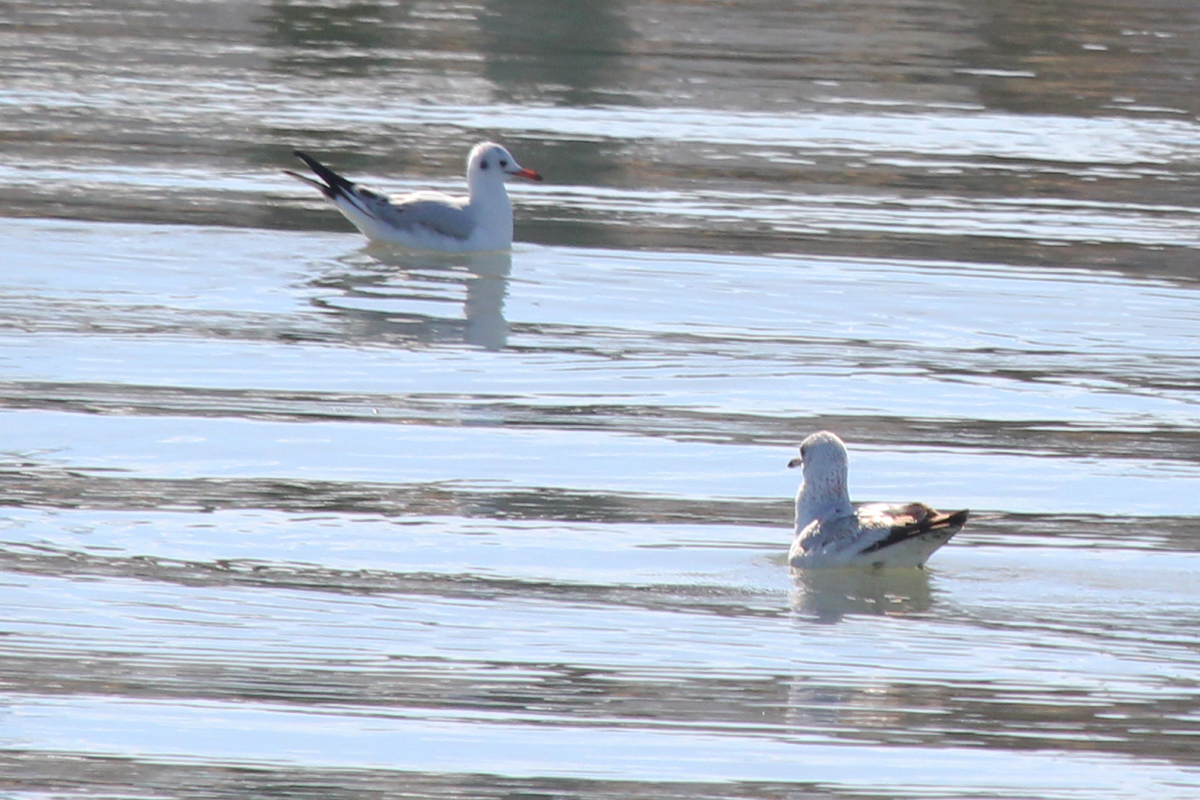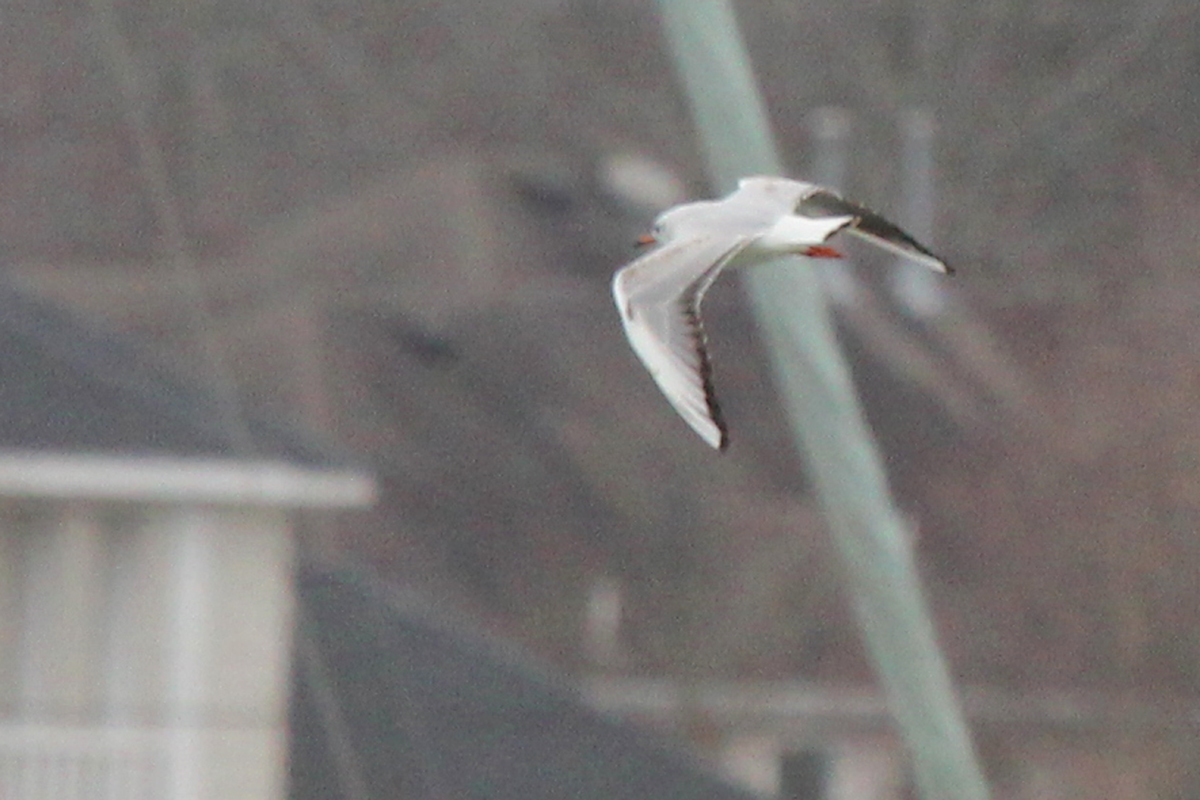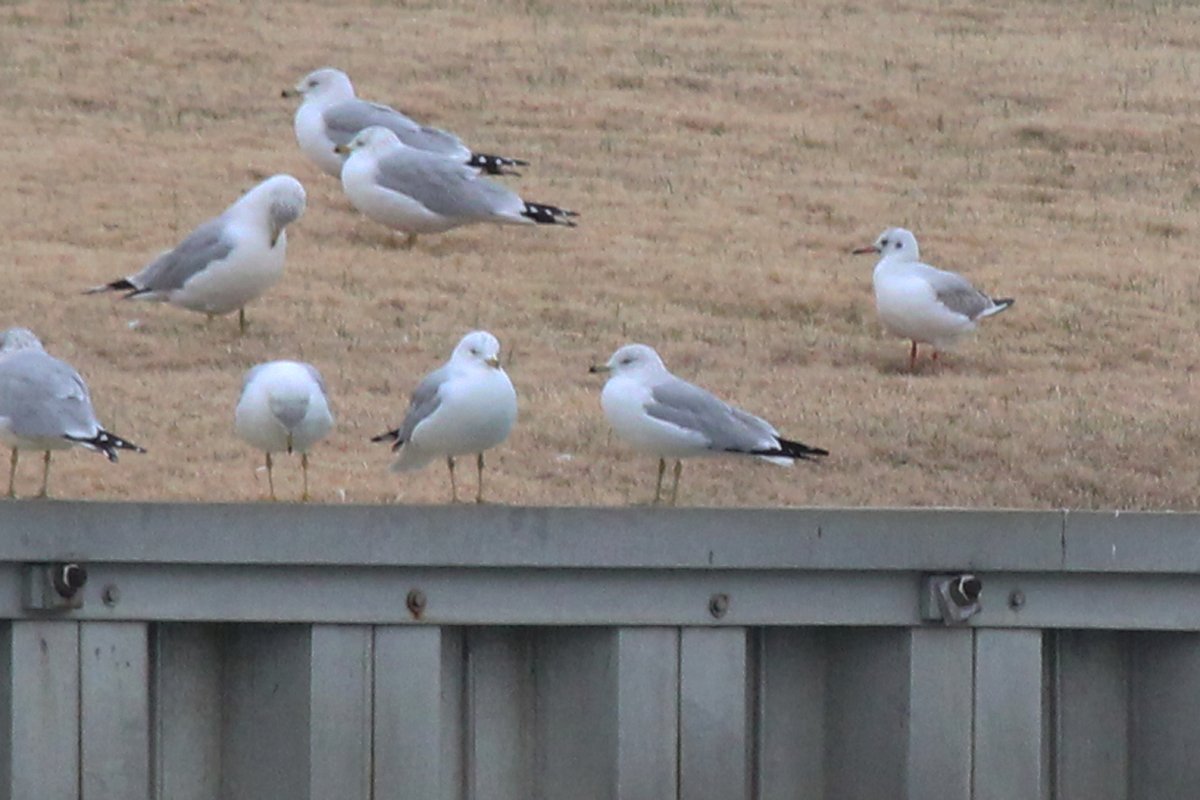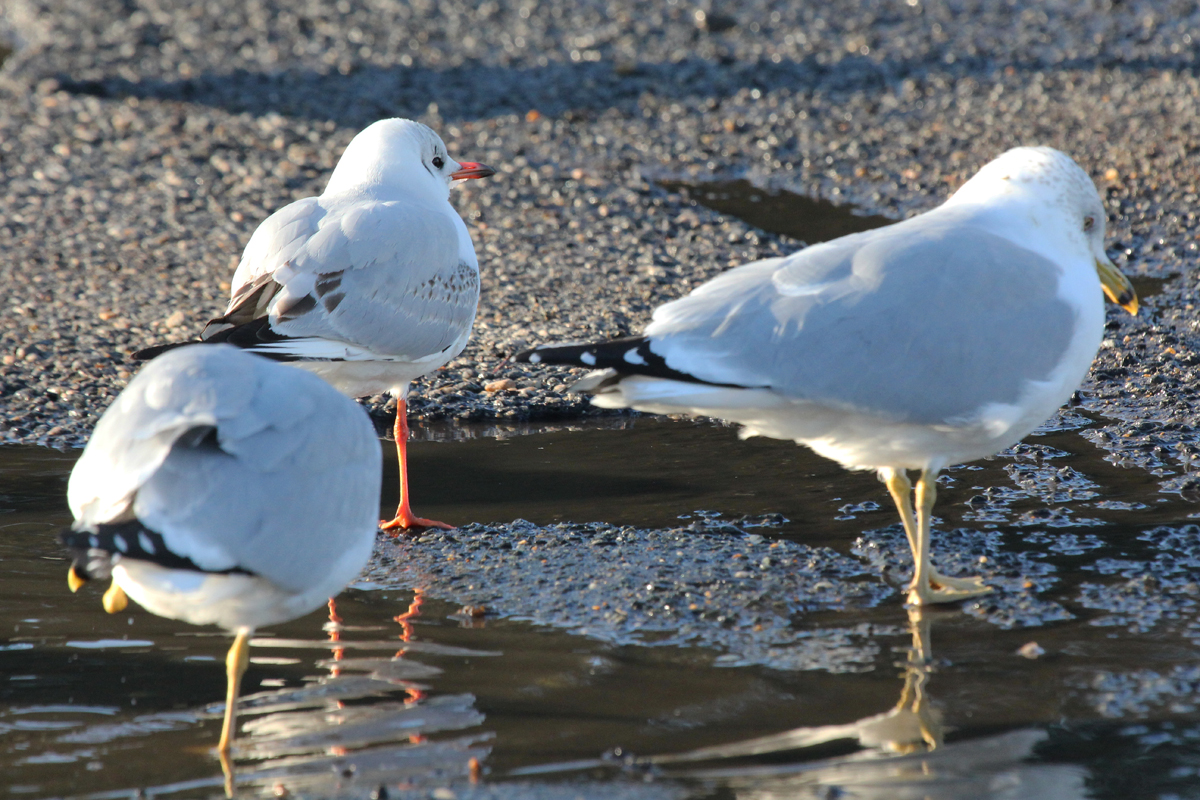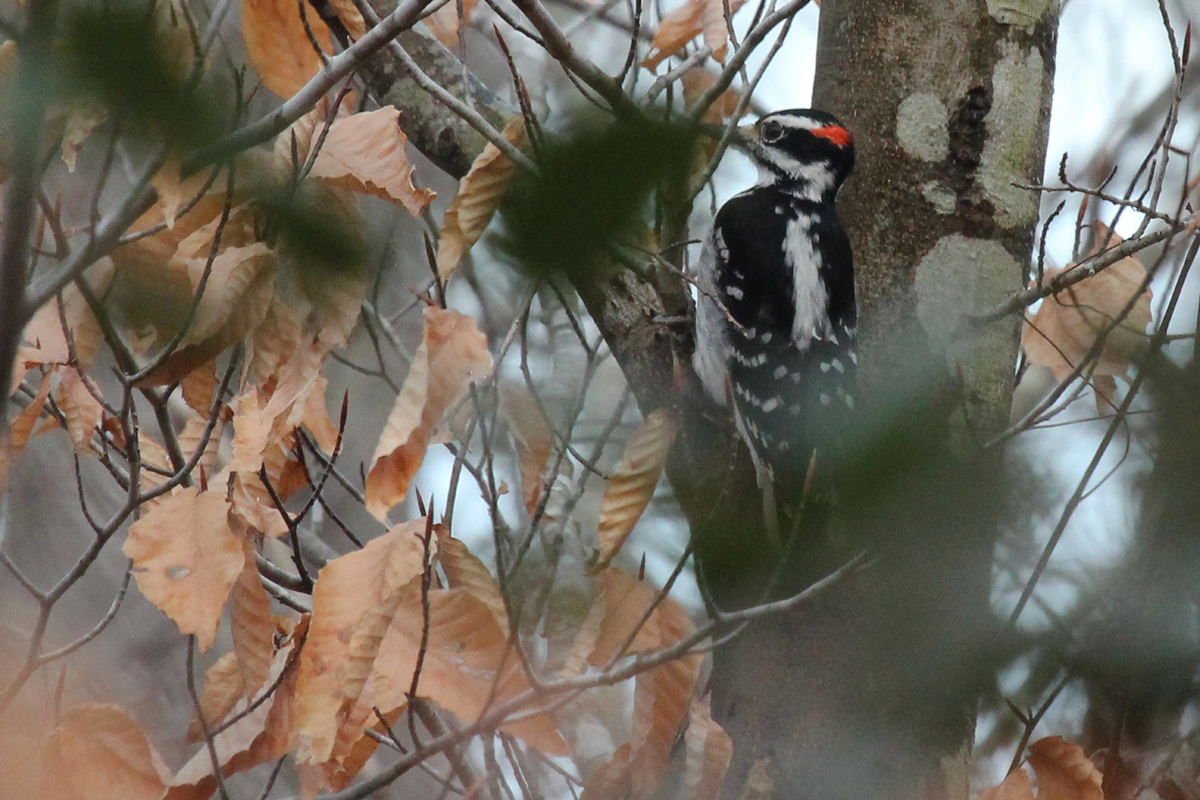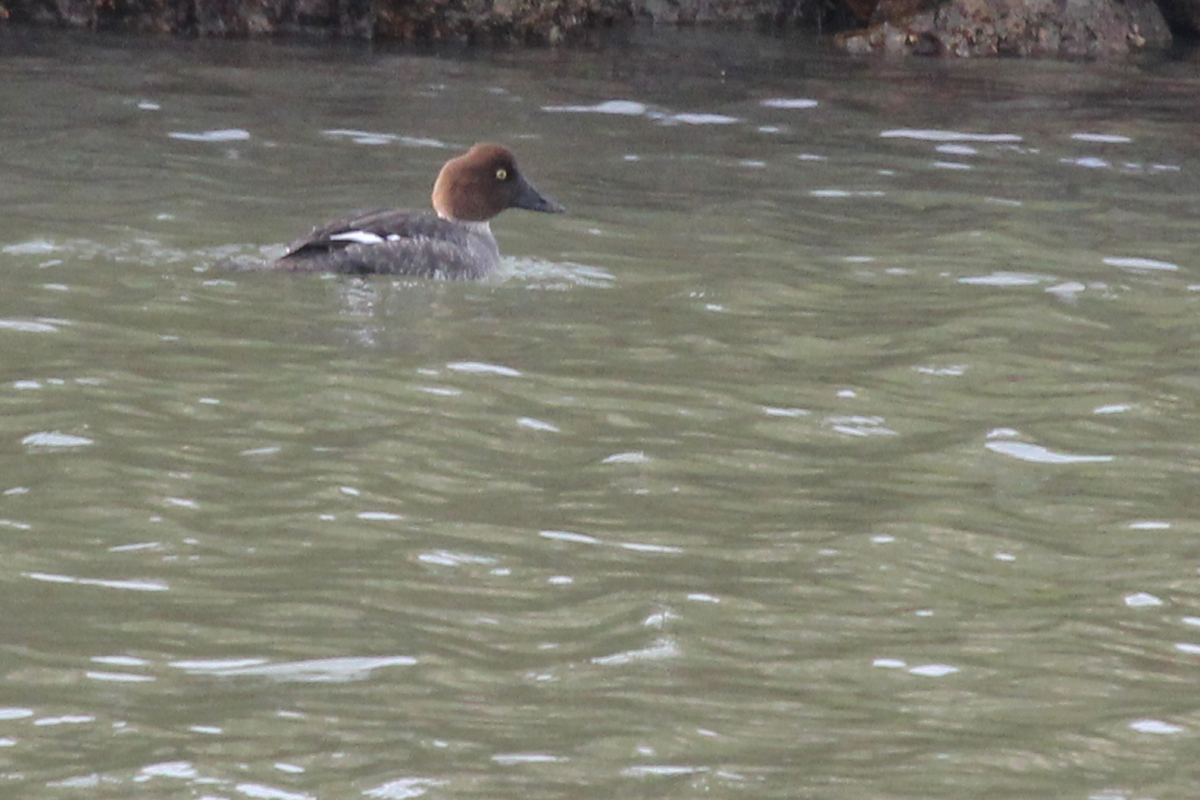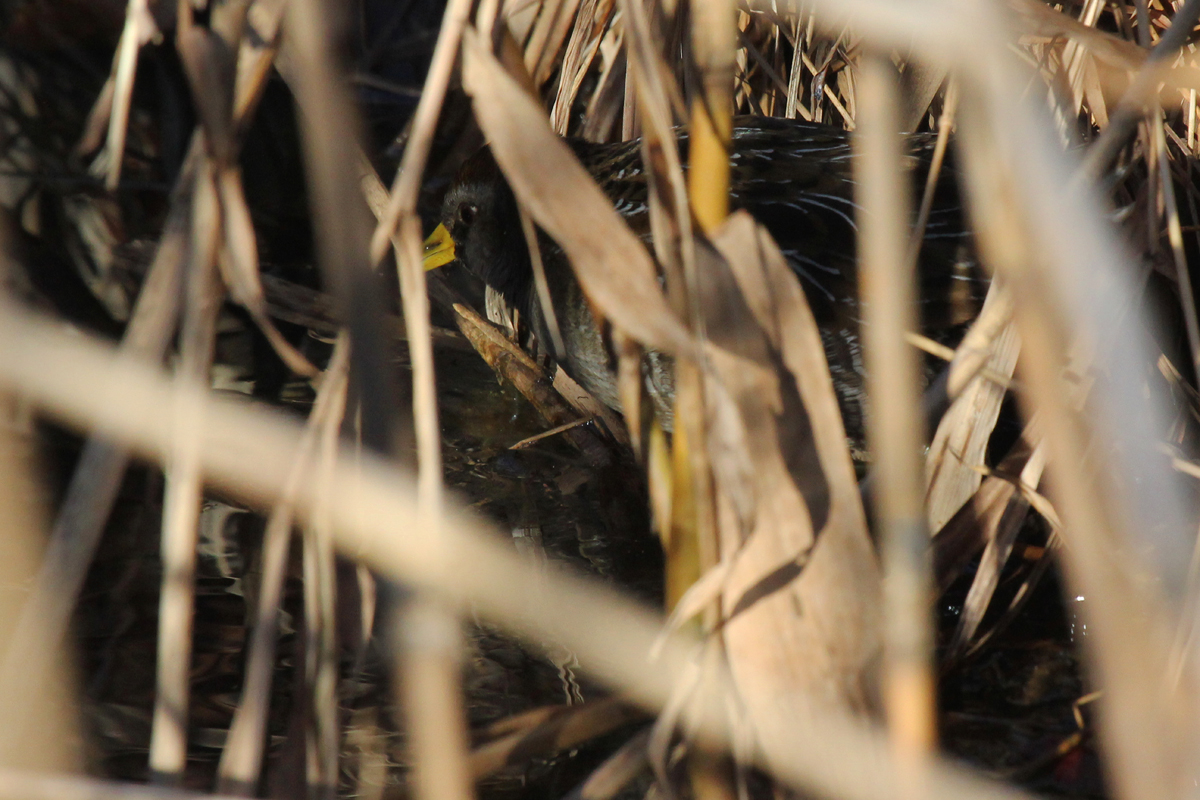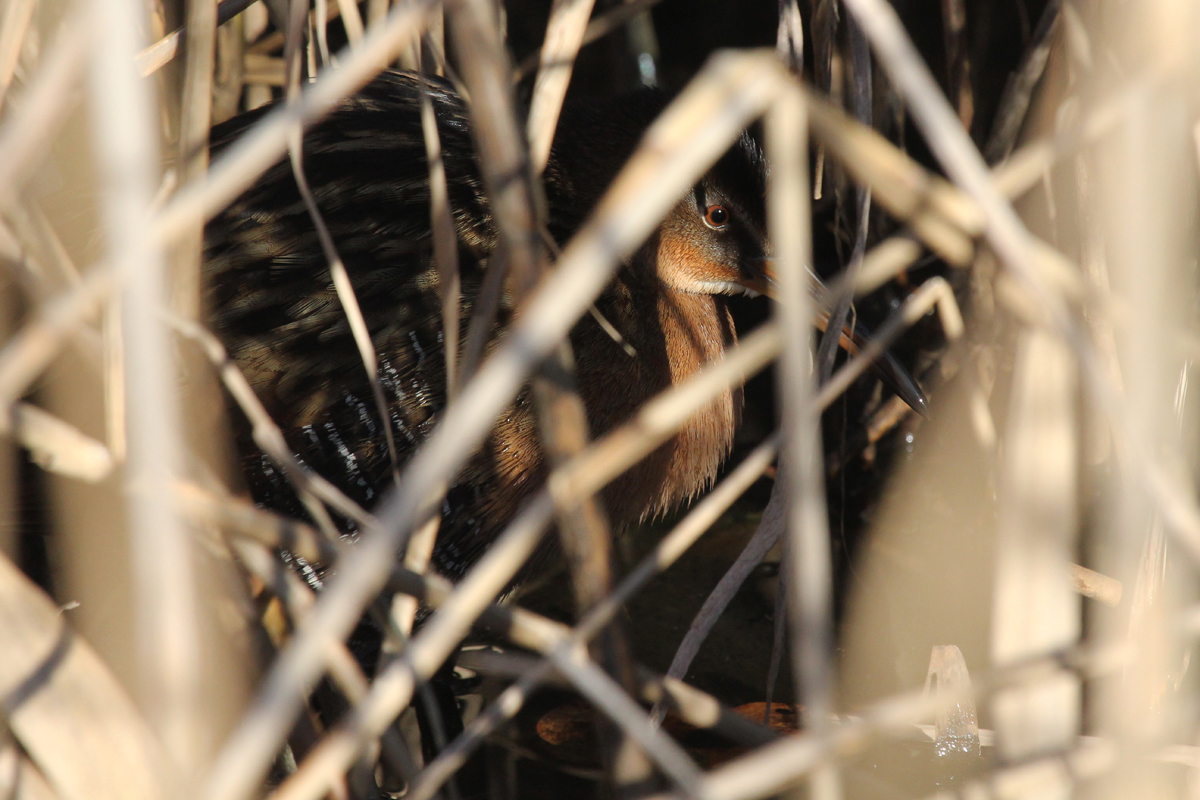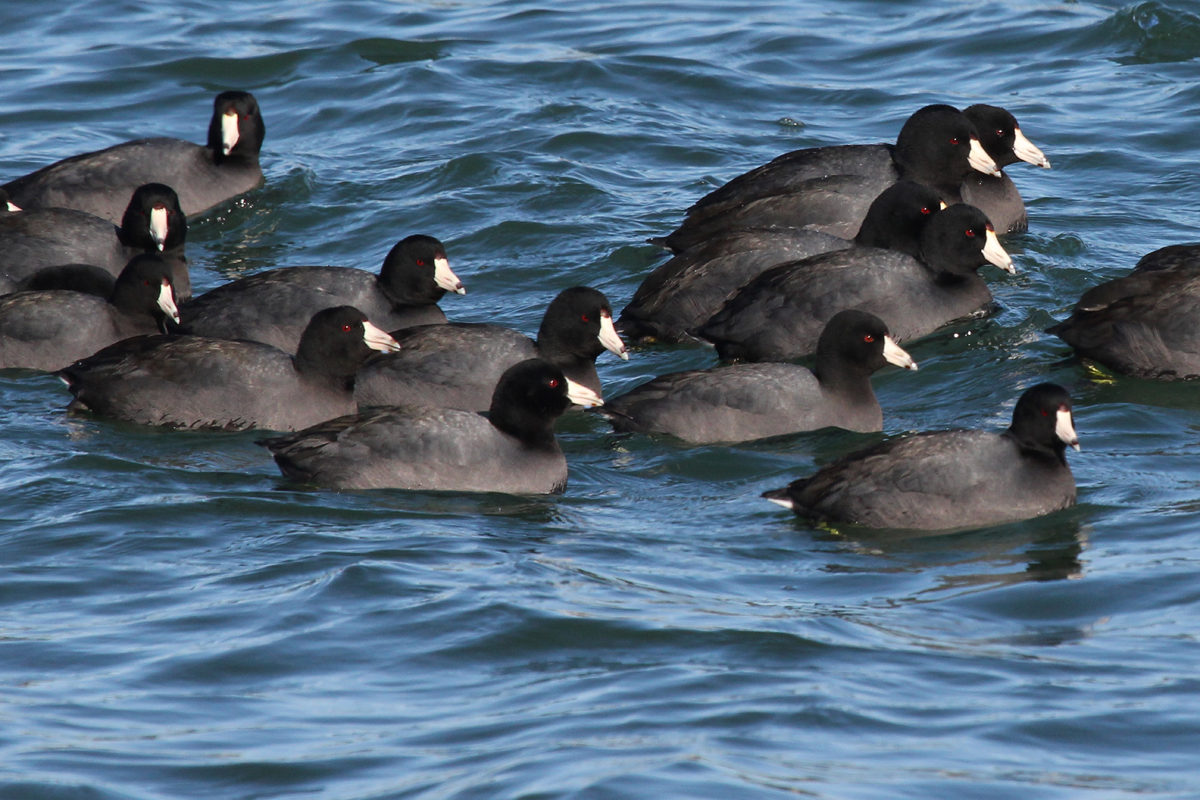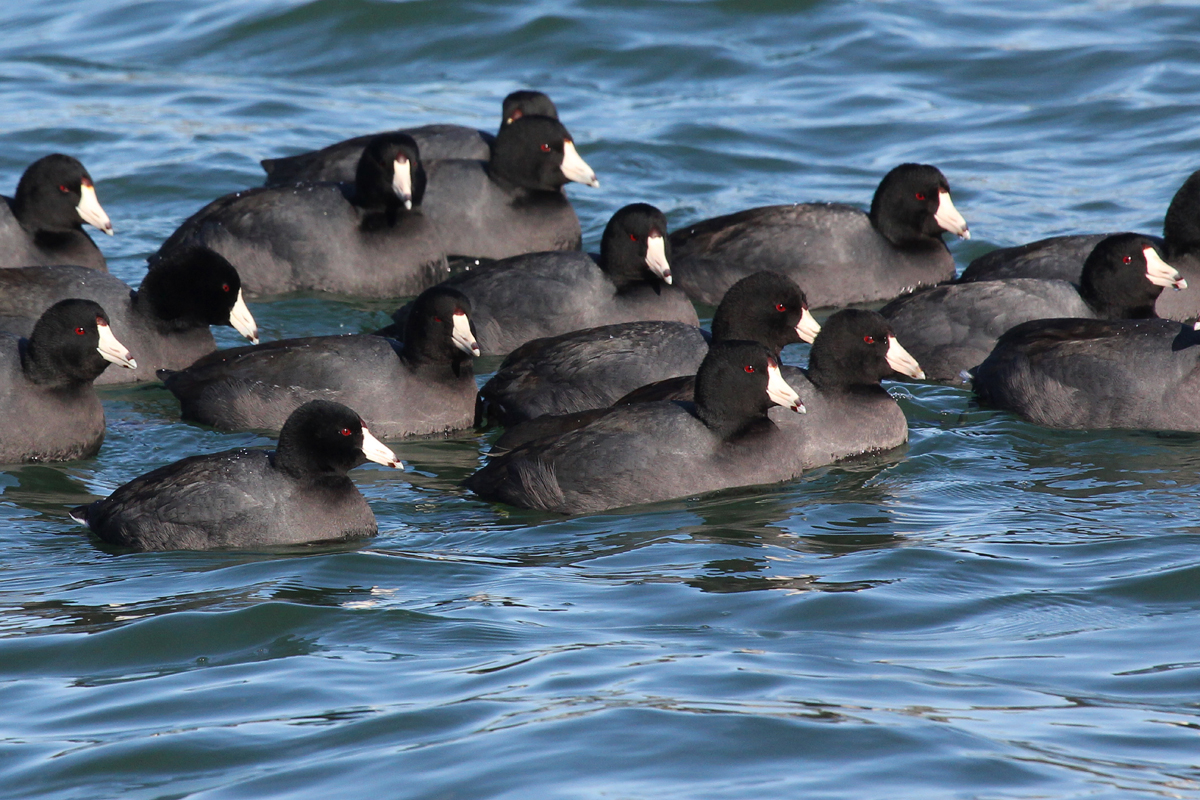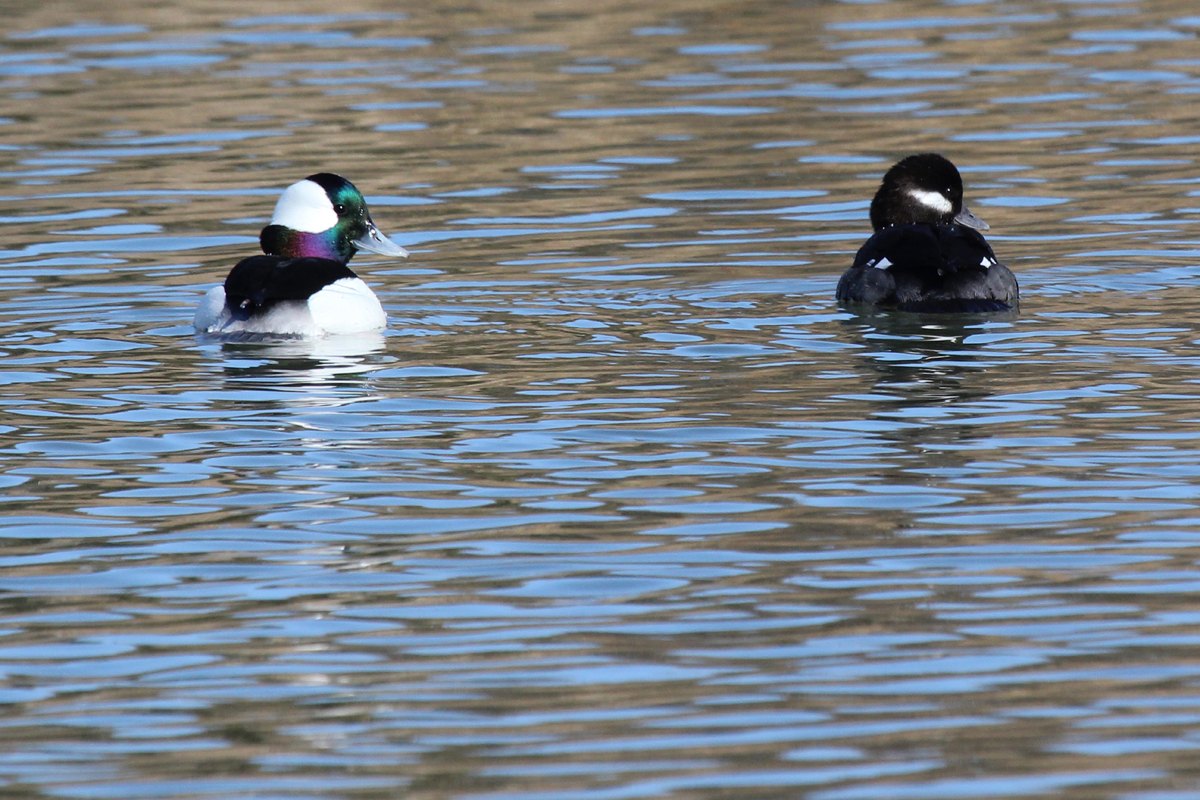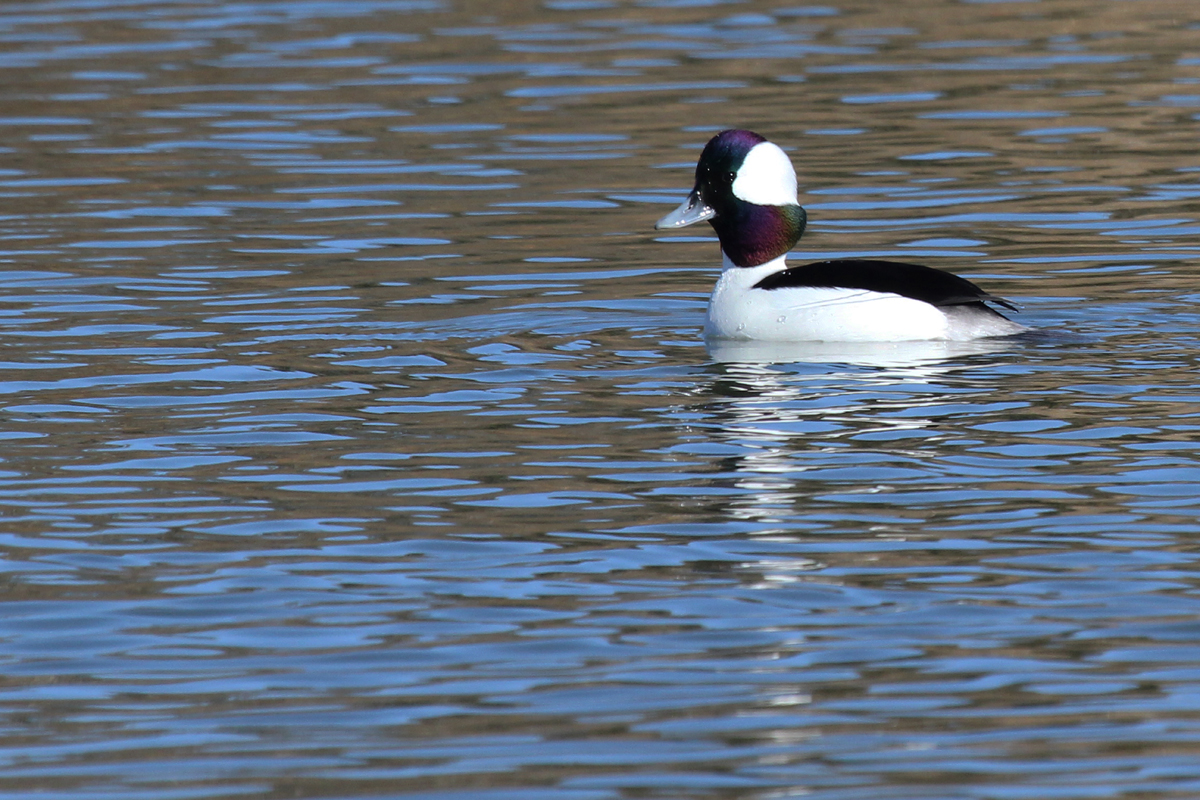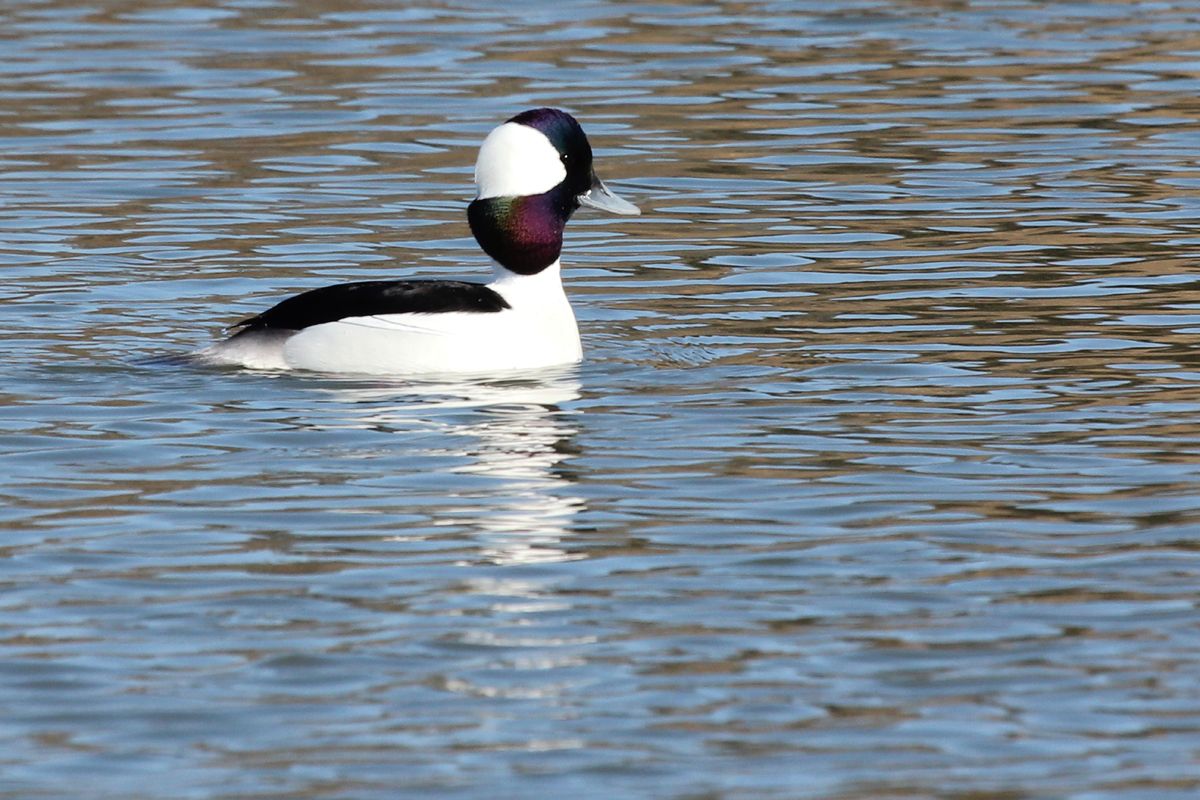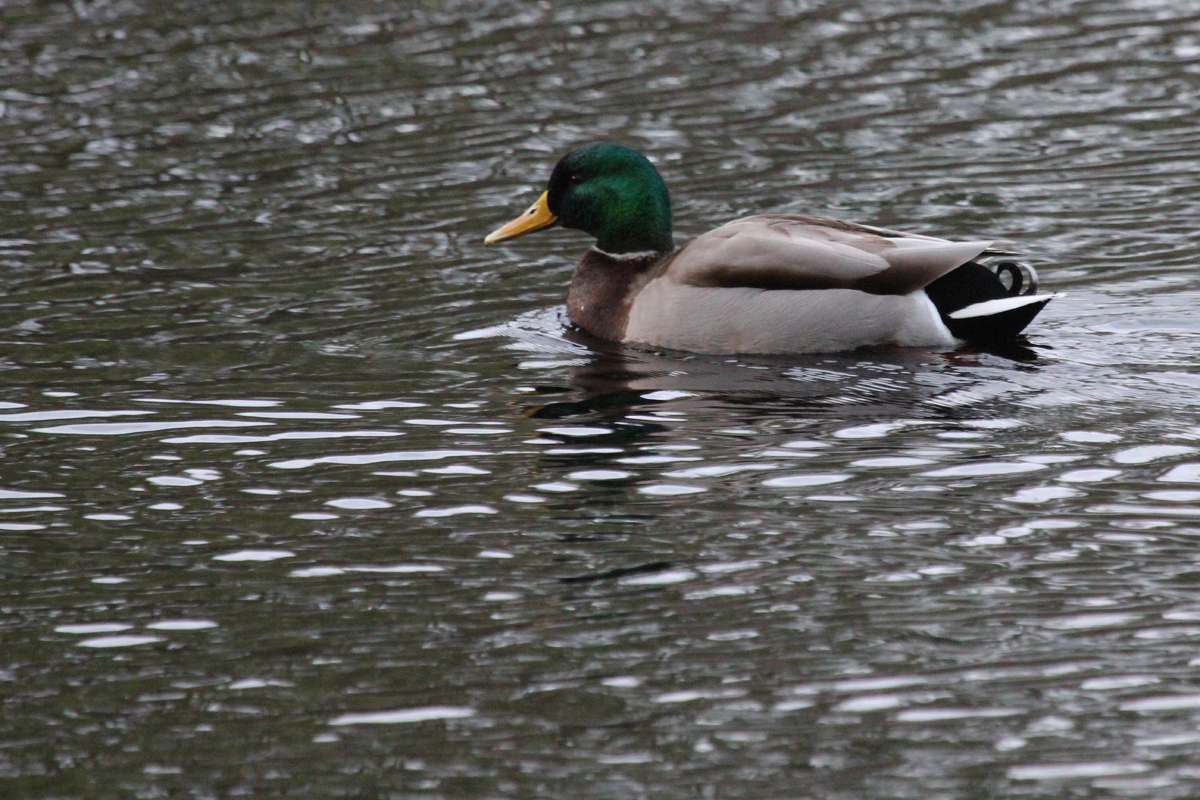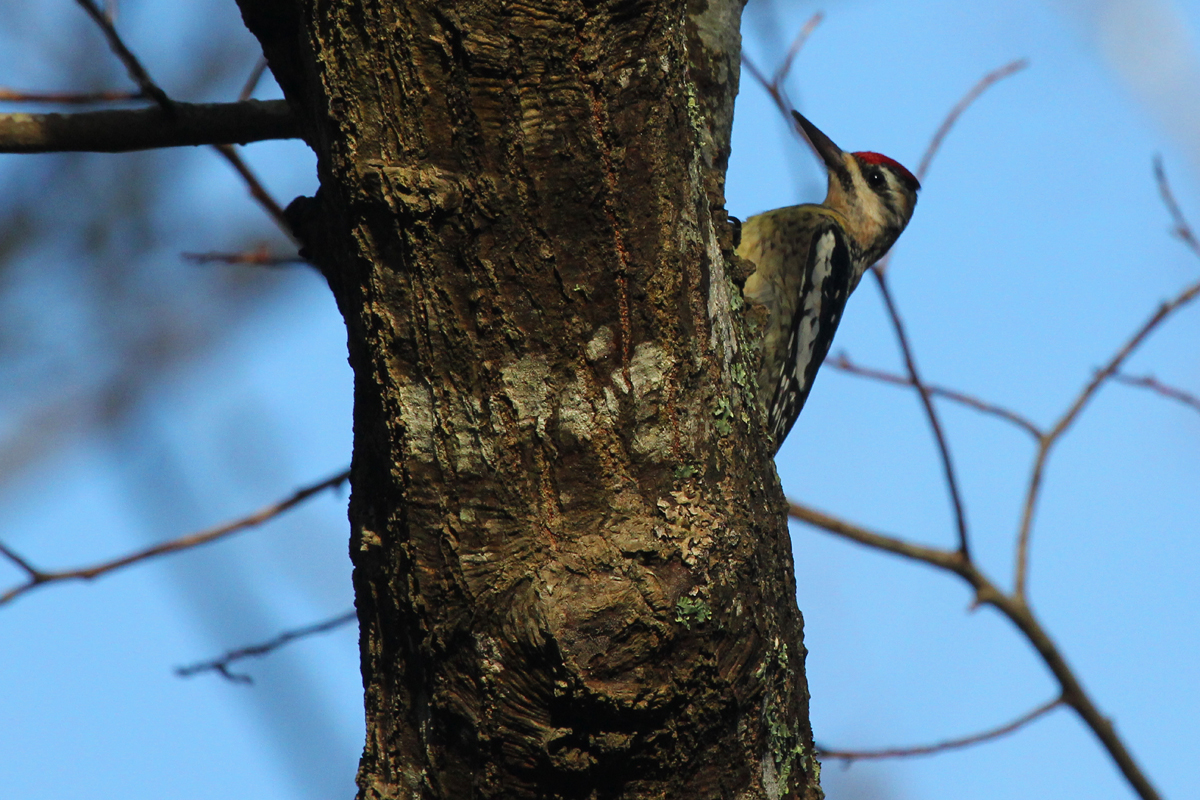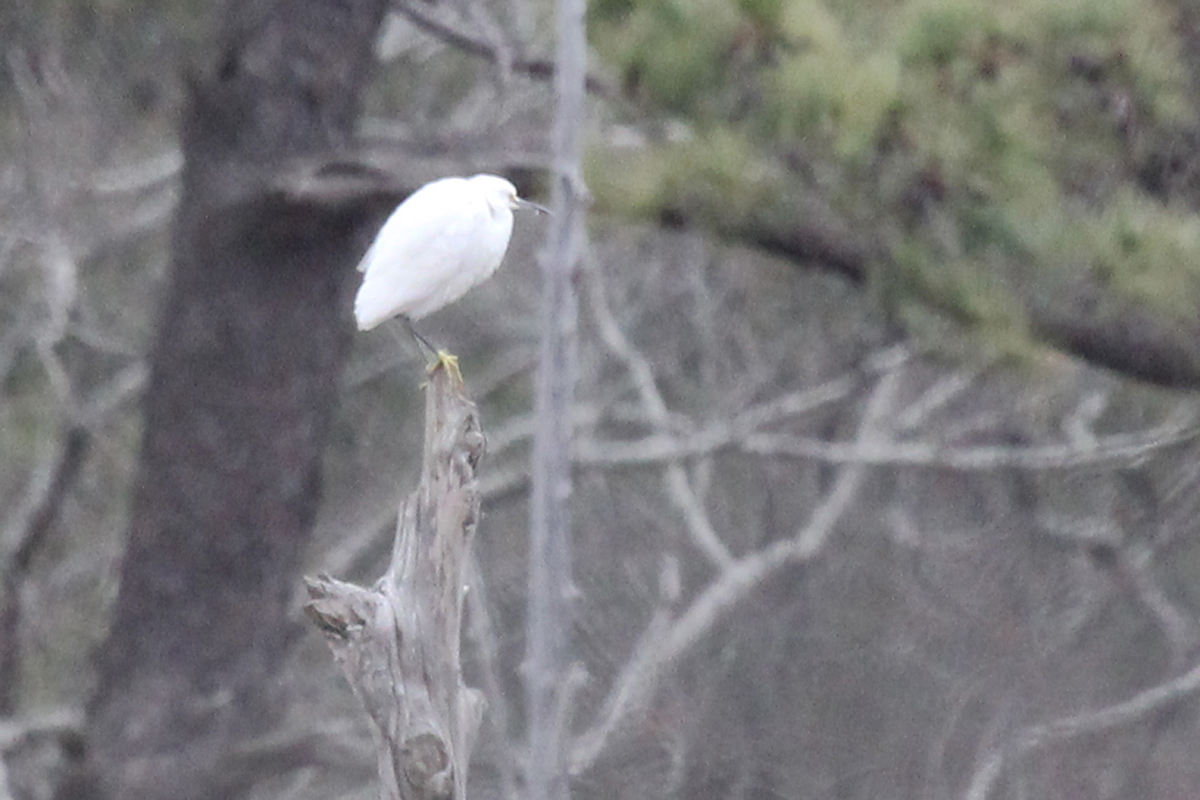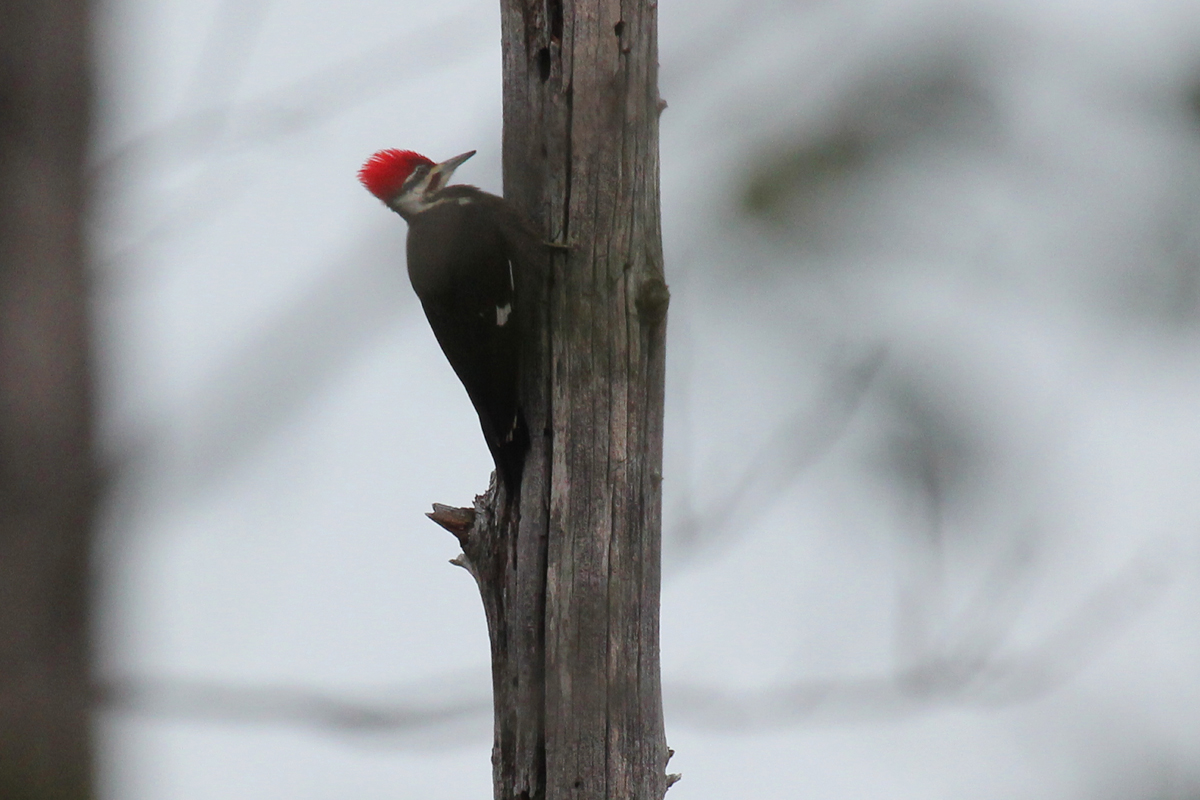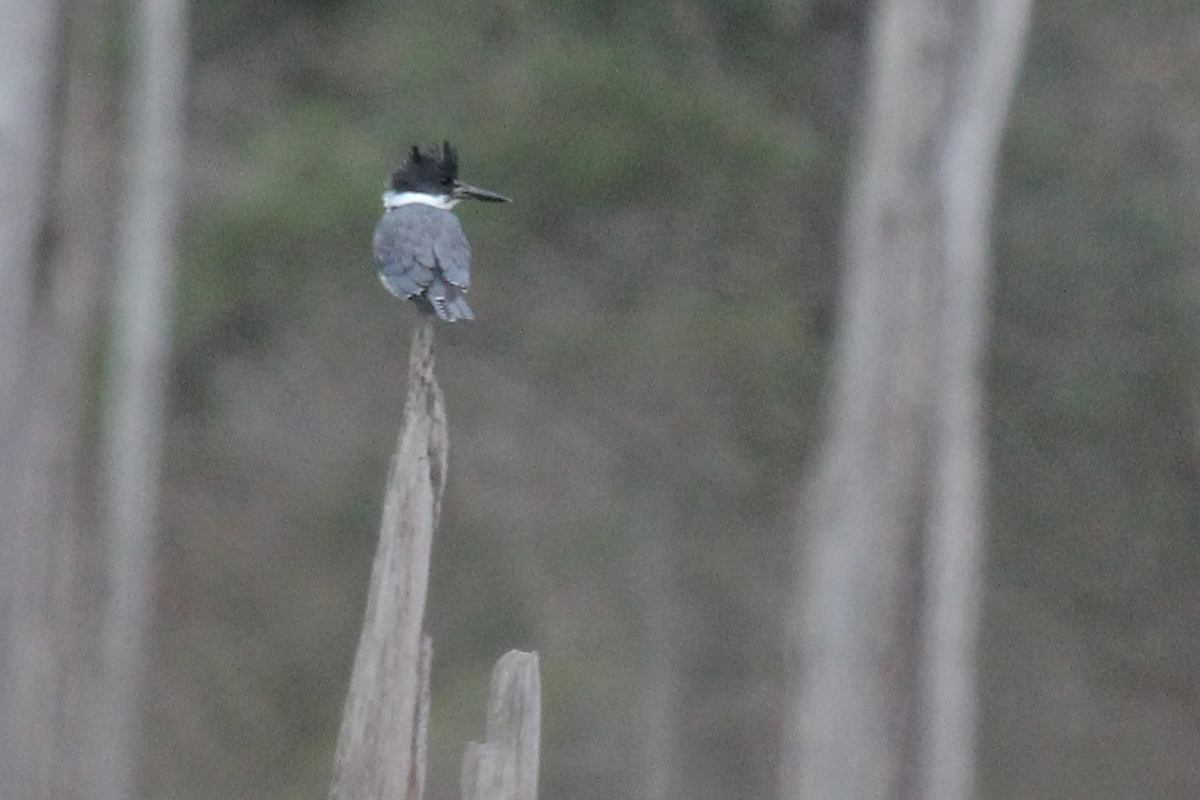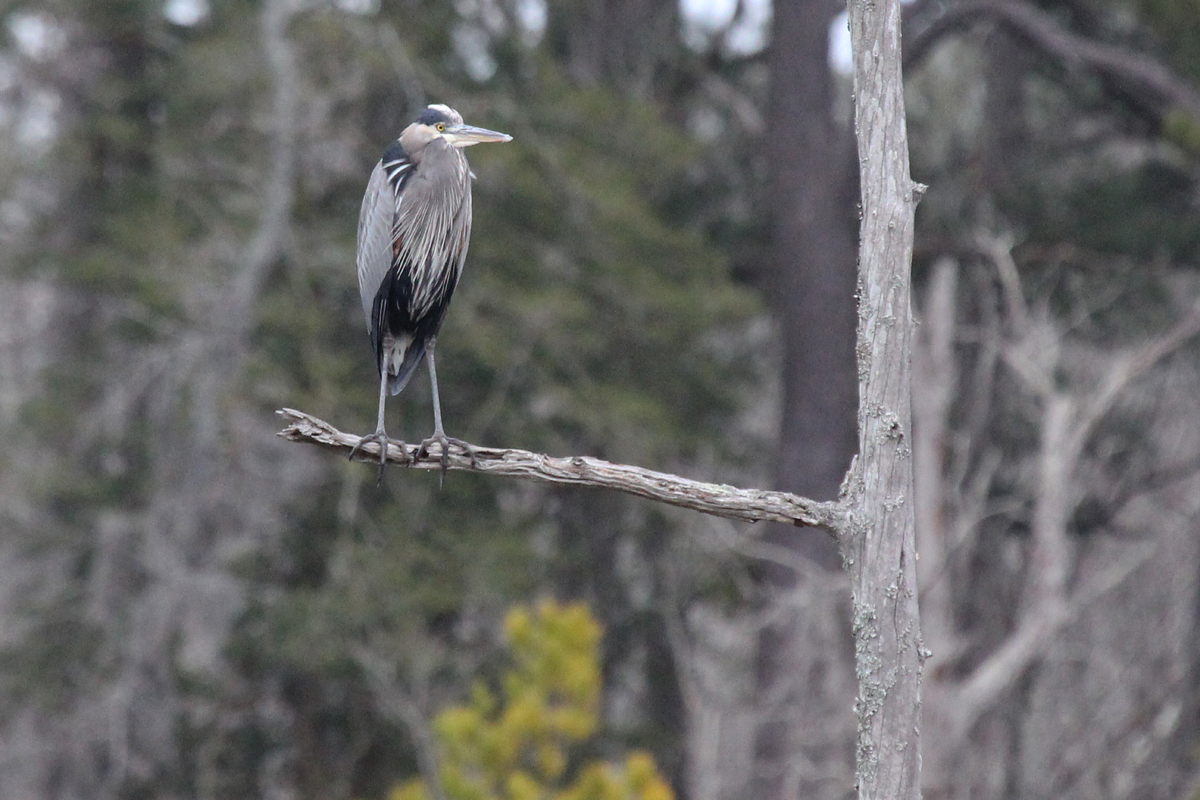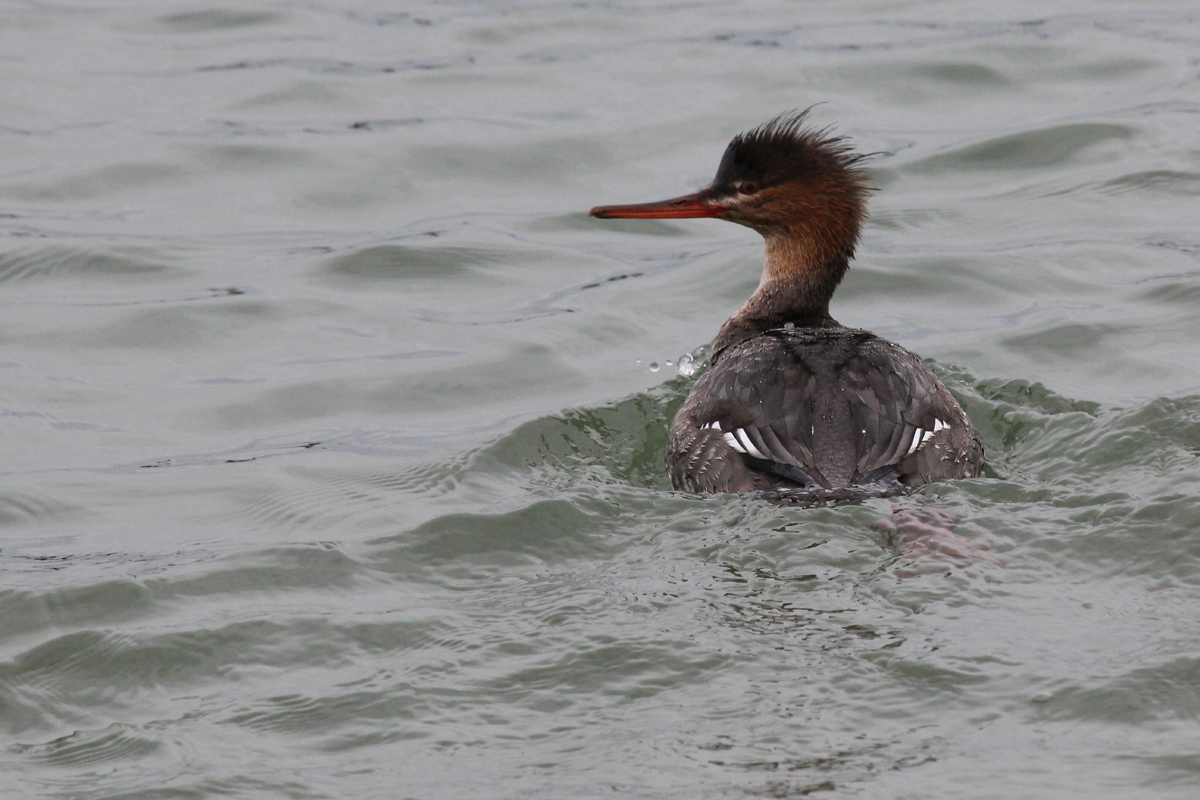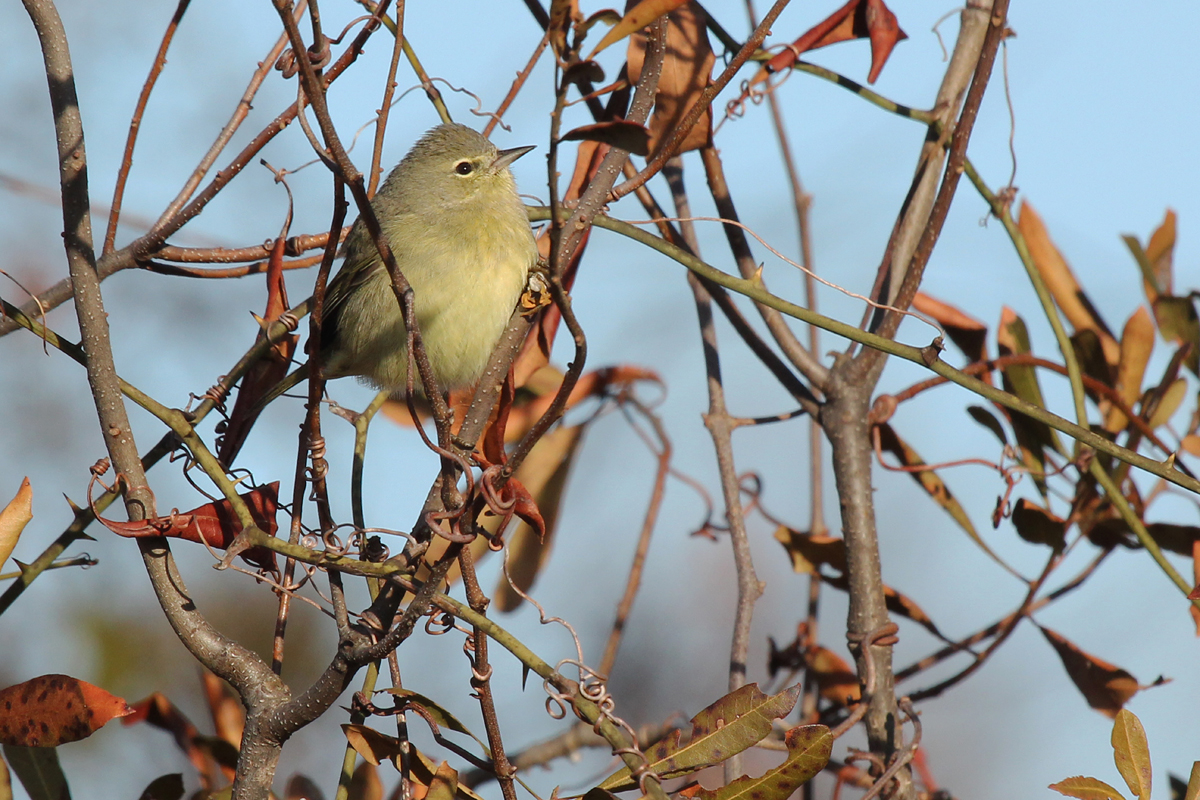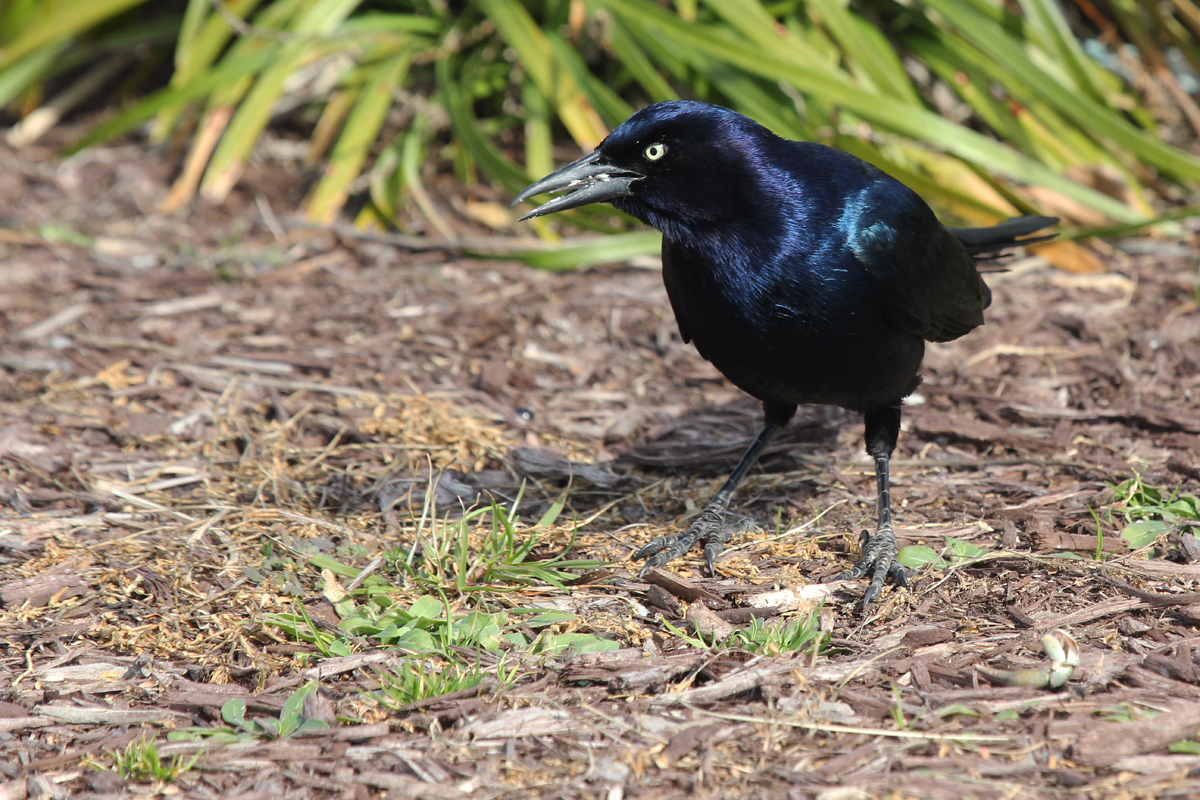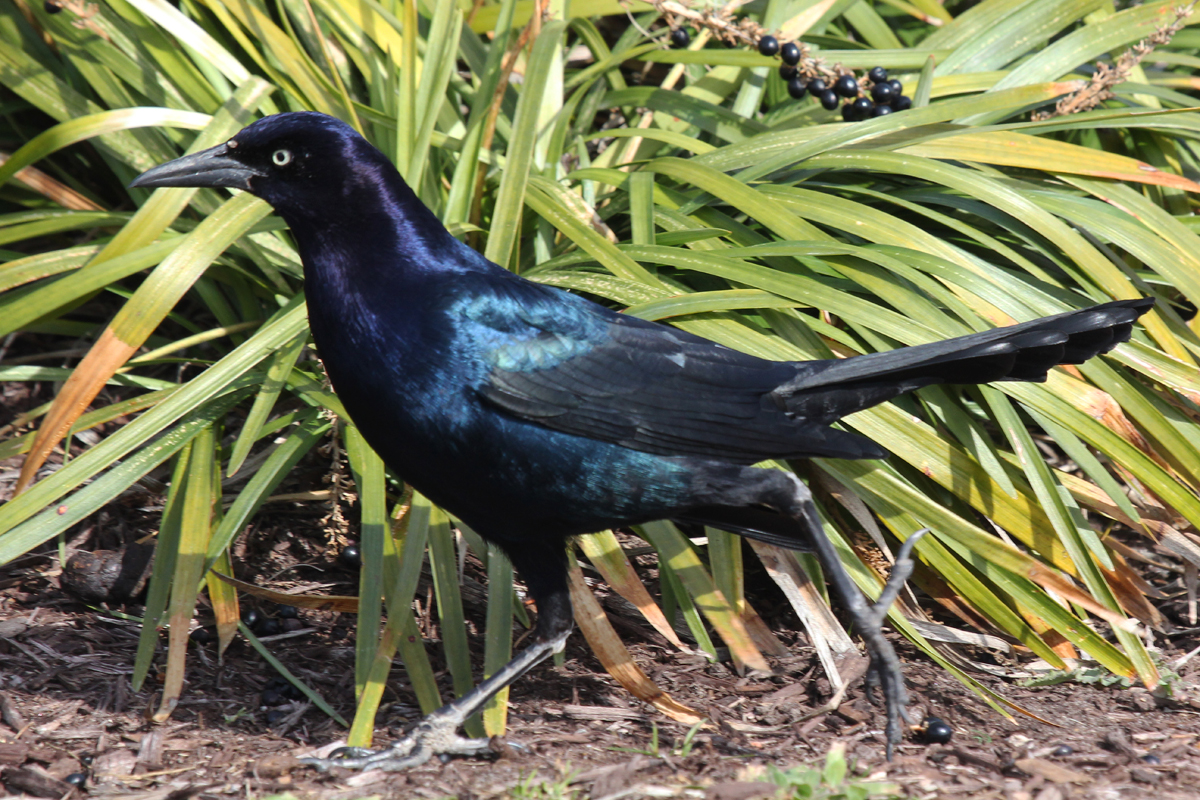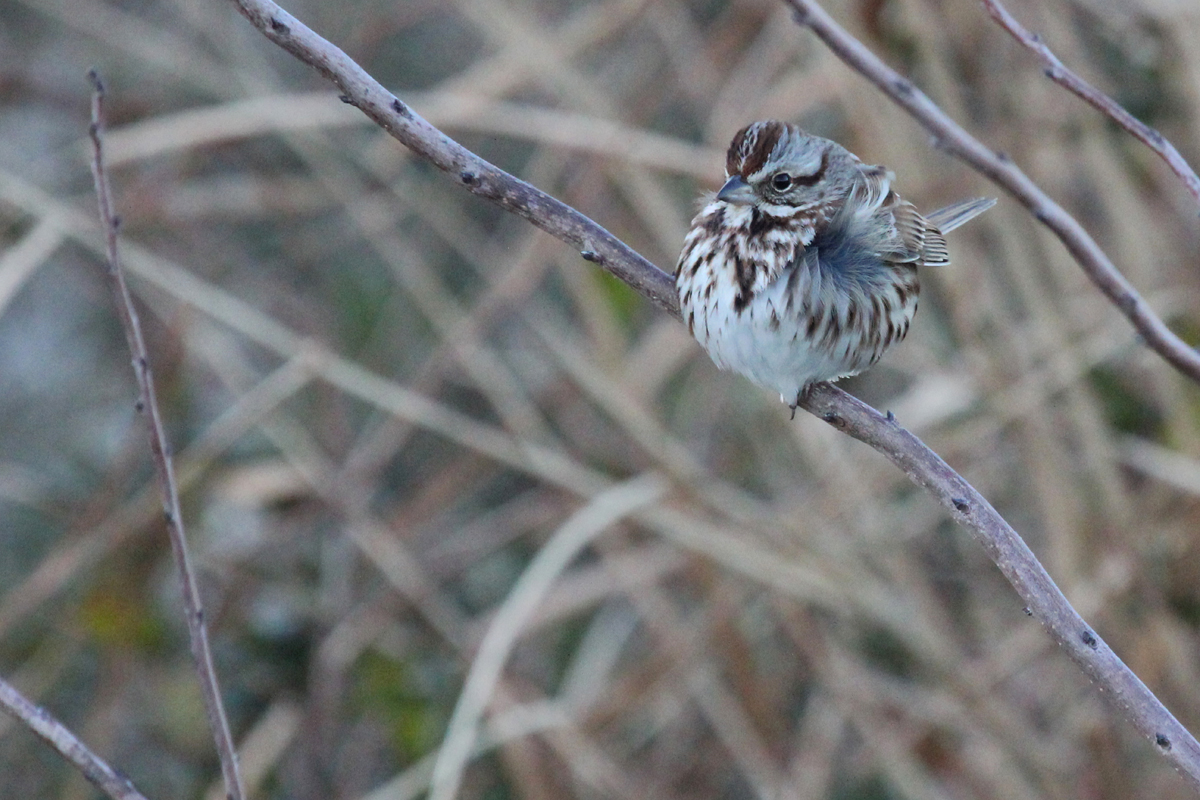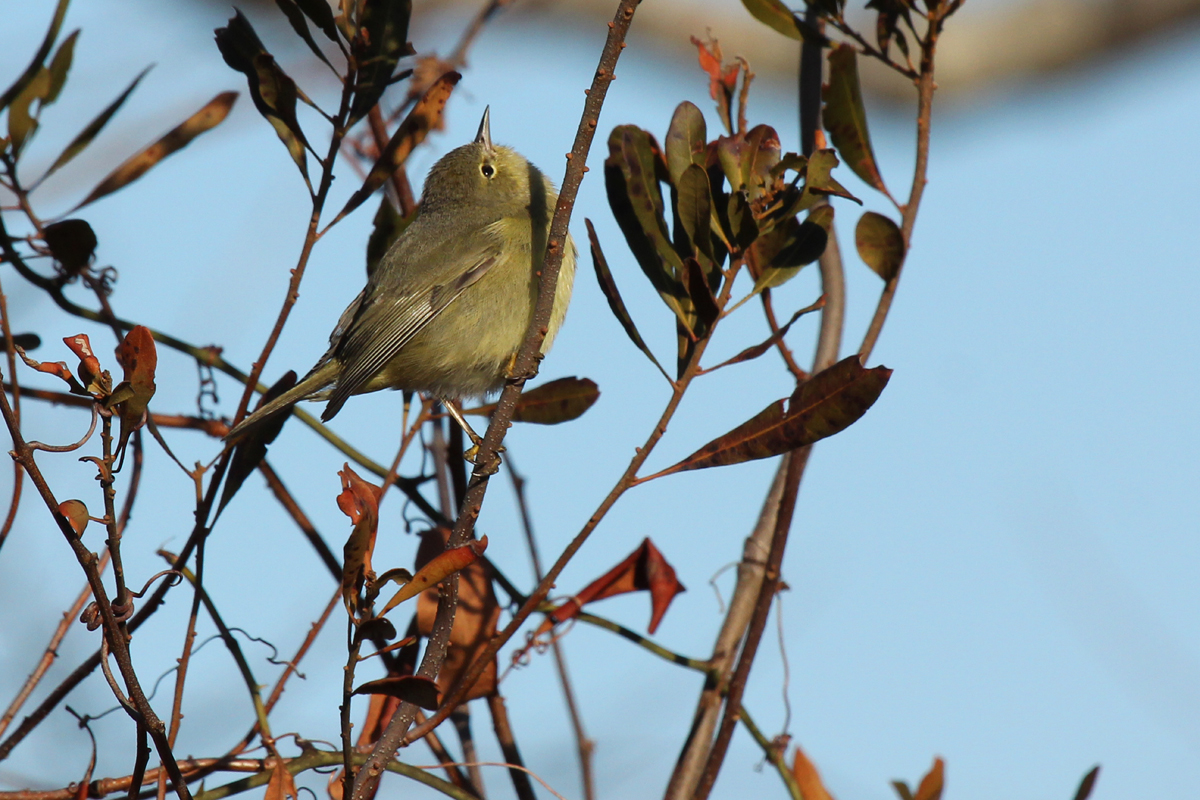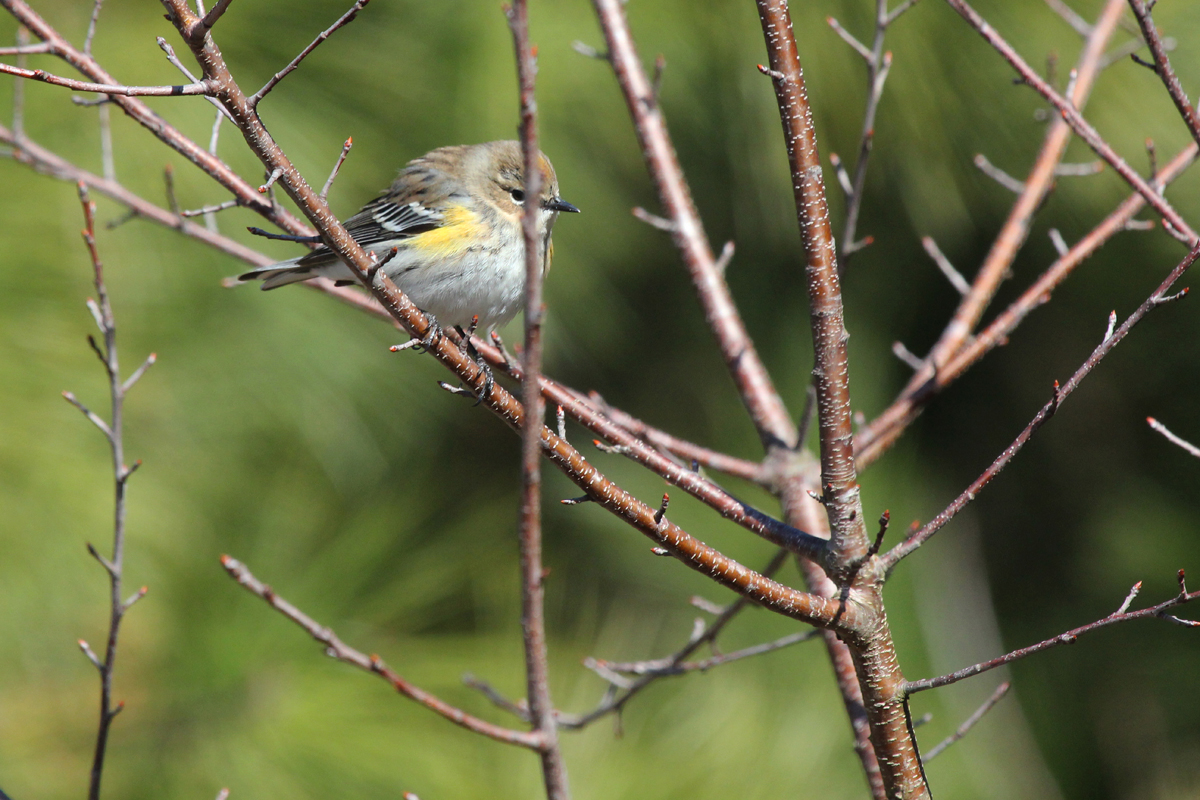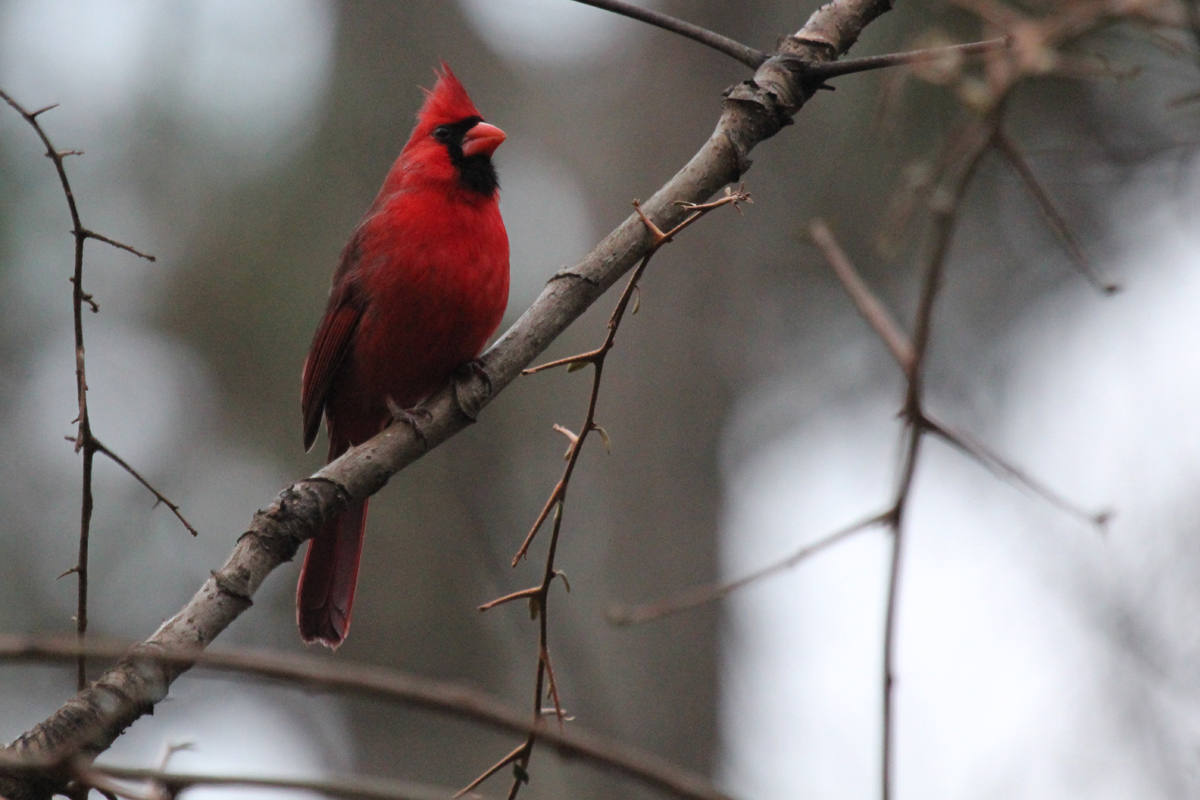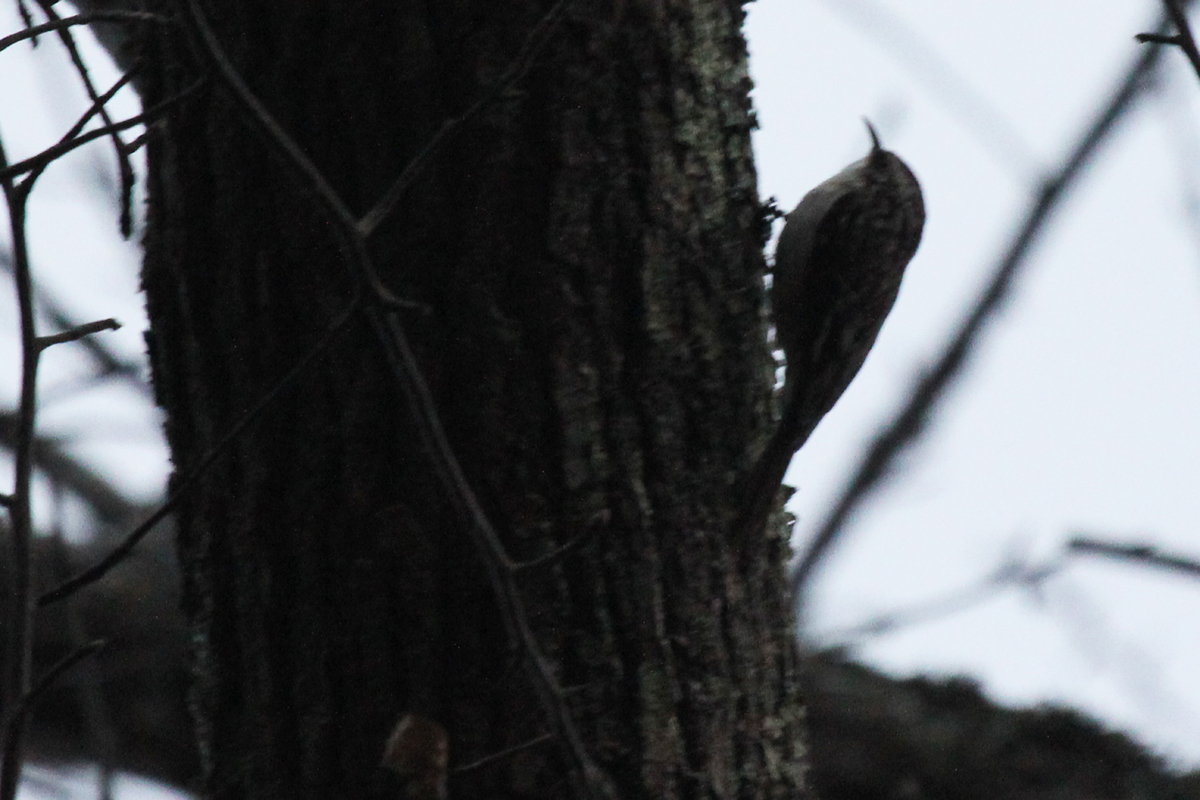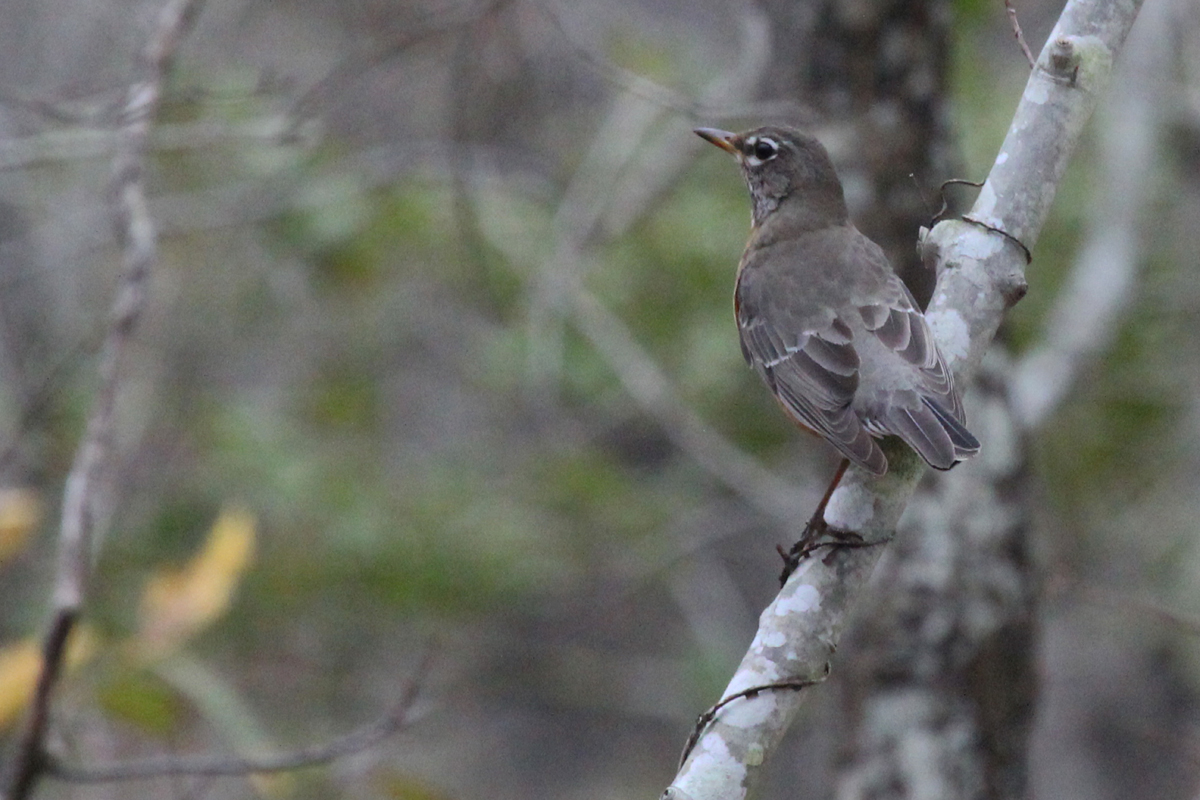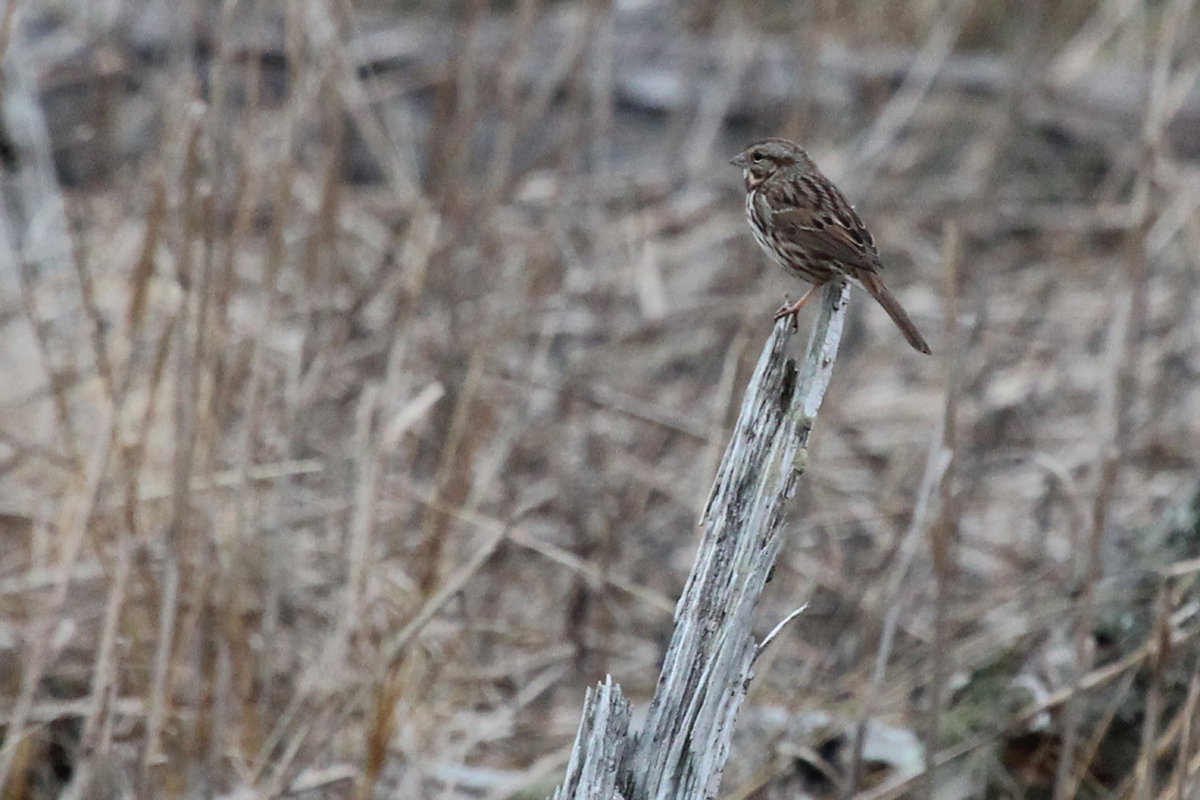Mid-February 2018 (11th-20th)
/Unseasonable, record-breaking warm weather permeated the region in mid-February, and both the average daily highs and lows were the highest recorded temperatures during this period for at least ten years. The first daffodils of the season are in bloom, and purple blankets of clover are covering many fields now in southern Virginia Beach. Birding picked up considerably from last period, and the sheer number of checklists submitted to eBird in mid-February was bolstered by this year’s Great Backyard Bird Count event, which took place from 16-19 Feb, and resulted in a pair of exciting finds that may otherwise have gone unknown. Top records for the mid-February period included new rarity reports for WESTERN GREBE, EURASIAN WIGEON, PURPLE FINCH, GREATER WHITE-FRONTED GOOSE & PAINTED BUNTING, continuing rarity reports for BLACK-HEADED GULL & WESTERN TANAGER, a new unseasonal occurrence for YELLOW-BREASTED CHAT, and a continuing unseasonal occurrence for YELLOW-THROATED WARBLER!






While seawatching from Little Island Park in the early morning hours of 11 Feb, a single WESTERN GREBE was seen (obs. Andrew Baldelli) flying towards the pier from north, then landing on the waters just offshore of the southern reach of Back Bay NWR’s restricted ‘north mile’. This is the first to be recorded in Virginia as a whole in 2018, and the first known in the city since an individual (perhaps this same bird) spent the winter of 2016-17 along the Little Island / Back Bay coastline as well. That bird was found during the 2016 Back Bay CBC (obs. Edward Brinkley & Paul Sykes) on 29 Dec 2016, and it remained along the coast through at least 3 Apr 2017 (ph. Andrew Baldelli & Mary Catherine Miguez). So far, the 2018 bird has unfortunately not been re-found, and certainly not for a lack of effort as the coastline was blanketed with eBird reports in the ensuing days.
Our first EURASIAN WIGEON of the 2017-18 winter was found 11 Feb (obs. Jason Schatti) on the middle reaches of Pleasure House Creek between Pleasure House Point NA and the Bayville Golf Club. In the following days, the adult male was checked for by many, and not found. Until, it was re-detected a mile or so to the west on the upper tributary of Lake Joyce on 19 Feb (ph. Timothy Barry), in the same location a Black-bellied Whistling-Duck spent a good chunk of Jun 2016. This individual has continued through to the end of the period, being documented by several birders on 20 Feb. There is typically a good mixed flock of dabbling ducks at this location, so it makes sense that the bird would have retreated to this area. In winters past, there has been a single male observed on private Lake Wishart not too far south of this location, and one wonders if this is the same bird returning each year, though, we’ve had high counts of two birds at least in one recent winter as well. As a whole in Virginia this winter, reports of individuals have come in from Fairfax, Portsmouth (Craney), Hampton (likely the Craney bird seen during the freeze-up that occurred) and Northampton, with a pair of drakes having also been present on Swan Cove at Chincoteague NWR in Accomack for quite some time. So certainly, there are a few floating around the state (and who knows how many much-harder-to-detect females), but it is great to finally get the first one here locally in Virginia Beach!
During irruption years, PURPLE FINCHES can be abundantly reported throughout the state, though we never seem to get large flights of the species here in Virginia Beach, as far as eBird data is concerned at least. Thanks to the Great Backyard Bird Count, which likely introduced a fair number of new birders to eBird, a pair of Purple Finches wound up being photographed and reported on 18 Feb at a private residence (ph. April Mitchell) near the Oceanfront! This is the first record for the species in the city so far in 2018, and only the second for the winter as a whole, with a single individual being found on the Back Bay CBC back on 29 Dec 2017 (obs. Andrew Baldelli & Tracy Tate) off Cayman Lane near Pungo. Purple Finch has always been a bit troublesome in eBird due to its superficial similarity to the much more abundant House Finch, so any documented reported for the species is a welcome sight around here!
Though there has been up to 3 GREATER WHITE-FRONTED GEESE known to be present in the city this winter, hanging around a large flock of Canada Geese that moves between Sherwood Lakes and Firefall Drive / Ocean Lakes High School’s agricultural field, a report of two individuals found between North Landing & Indian River Roads on 17 Feb (obs. Robert Ake) may well refer to a separate pair of birds. At this point, it is unclear if this group of Canadas is the same flock from Sherwood, and it isn’t too far away from the lakes to be believable.
While up to 4 PAINTED BUNTINGS have been reported from an undisclosed area in central Virginia Beach over the last few weeks (most recently on 19 Feb, ph. Karen & Tom Beatty), at least one new individual was reported to eBird during mid-February. Viewing at another private residence, this time in southern Virginia Beach, on 18 Feb (ph. Keith Roberts), a single adult male was seen. It is unclear from the report just how long the bird has been present, but it likely showed up a couple of months back, as their timing is fairly predictable in terms of winter season arrivals. It is very likely that there are a few more known throughout the city, but being such a sought after species, many homeowners likely keep their occurrence a secret. The last one found away from a residential neighborhood was a lovely adult male on Mill Landing Rd. found during the Back Bay CBC on 29 Dec 2016 (ph. Karen & Tom Beatty). This observations is living proof that by spending enough time birding the southern roads of Virginia Beach, it is possible to find one of these birds away from residential feeder setups.
The BLACK-HEADED GULL that highlighted the late January and early February periods continued through at least 17 Feb (obs. Tommy Maloney & Jason Schatti), and it likely is still present somewhere around Rudee Inlet and Lake Wesley. This first cycle (not yet one year old) individual was first detected in the parking lot north of the inlet with a flock of Ring-billed Gulls on 28 Jan (ph. Andrew Baldelli).
A WESTERN TANAGER that has been reported at least twice from the neighborhood near the intersection of Shore Drive and Northampton Boulevard was observed most recently on 18 Feb (ph. Keith Roberts). First noted on 16 Jan at a private residence’s feeder (ph. Kathy Spencer), the bird was later photographed by another neighborhood resident on 10 Feb (ph. Natalie Wingfield). It sounds as if the bird is actually at time visible from the road, so if you’re heading up towards the Chesapeake Bay Bridge-Tunnel, keep your eyes open for a bright yellow bird.
The second, and even more notable, of the pair of rarities brought forth by the Great Backyard Bird Count was the occurrence of a YELLOW-BREASTED CHAT on 17 Feb (ph. April Mitchell) at a private residence near the Oceanfront. This bird has apparently been present since 12 Jan, an incredible feat for a species that is rare in any winter, even more so in one where frigid temperatures and heavy snowfall in January made even common winter residents difficult to find in the city. There are currently only two other records listed in eBird during the month of February for the entire state of Virginia! Both of these records also correspond to Great Backyard Bird Counts, so this event seems to be excellent for finding out about rare birds that would otherwise go unnoticed to the birding community!
One of the two YELLOW-THROATED WARBLERS known to be wintering in the city was again observed during this period, most recently on 17 Feb (ph. Stuart McClausand) at a private residence in the Brigadoon neighborhood near Kempsville. The other individual that persisted from 7 Dec 2016-26 Jan 2018 at an Aragona Village residence near Town Center (extensively ph. Maggee Smith) appears to have vanished. This same location was home to a wintering bird in 2016-17 as well, so maybe it has just moved on, and perhaps we’ll see reports here again when December or January roll back around.
Rarely observed away from the Chesapeake Bay Bridge-Tunnel and associated islands where they are considered to be locally common, a GREAT CORMORANT was seen flying over Pleasure House Creek northbound towards the bay on 12 Feb (obs. Rob Bielawski). This species does not flag as a rarity in eBird for Virginia Beach due to it being known to exist in the proper habitat, but any onshore records are indeed a rare occurrence, and any sightings along the coast south of Fort Story are exceptional and should be well-documented. Essentially everywhere away from the CBBT, this species is outnumbered by the superficially similar Double-crested Cormorant, and care should be taken in securing the identity of all Greats.
In most winters here on the coast, both COMMON YELLOWTHROATS and SEASIDE SPARROWS are reported on an infrequent basis. With the extremely low temperatures and blizzard conditions in early January, it was no surprise that neither of these species was reported until the mid-February period when temperatures began spiking upwards. The first Common Yellowthroat of the year was found at Back Bay NWR on 16 Feb (obs. Karen & Tom Beatty), while the first Seaside Sparrow showed up at JEB Fort Story on 15 Feb (also obs. Karen & Tom Beatty). Interestingly, there have not yet been any documented records for species that do winter here annually, including: Northern Bobwhite, Black Skimmer, Red-breasted Nuthatch (irruptive), House Wren, Sedge Wren, Nelson’s Sparrow and Saltmarsh Sparrow. Any documented records for these species would be excellent to have input to eBird for the month of February.


WEATHER: Record high temperatures were achieved on several days across the region during mid-February and as a whole, this was the warmest period both in terms of daily lows and highs in at least ten years (all the data I have currently at hand). Average daily high temperatures rose 9.0° from 52.3° F in early February to 61.3° (+10.6° from prior 10-year average), with average daily low temperatures rising a whopping 15.1° from 29.2° to 44.3° F (+11.6° from prior 10-year average). Overall, temperatures ranged from a minimum of 32° F (on 19 Feb) to a maximum of 75° (on both 16 & 20 Feb). A total of 0.93” of rain fell during the period, scattered over 7 of the 10 days with a daily maximum of 0.28” recorded on Wednesday, 12 Feb. For the first period so far in 2018, no snowfall occurred. Maximum sustained winds at Oceana this period were 25 mph and gusts reached 33 mph (12 Feb). No extreme tidal surge events occurred during this period, with observed tides staying less than 1’ different from predicted values. Sunrise/sunsets varied from 6:56 AM/5:40 PM (11 Feb) to 6:46 AM/5:49 PM (20 Feb), which means overall we gained 19 minutes of daylight during this period!
For those hoping to view every photograph submitted for Virginia Beach during this period, please see the complete listing for the month of February located on eBird’s Media explorer by clicking here! Please remember, anyone with an eBird account also has the ability to rate these photographs (1-5 stars), and based on the average rating, this is how eBird populates anything media-driven on the website, particularly the Illustrated Checklists! So, if you're one of the many folks who enjoy looking at photographs of birds, take some time to click them all and rate them, it helps make eBird better and better each day!
LOOKAHEAD: The coast is starting to show some signs of life again after a very slow early February period, with large numbers of Northern Gannets and Scoters being observed from traditional seawatch sites like Back Bay, Little Island and Rudee Inlet. With the recent warmup, it is likely that we’ll start seeing some of the species that have been absent in the city returning, birds like House Wren, Black Skimmer, Nelson’s Sparrow. The only expected spring arrival during this period is that of Laughing Gull (20 Feb), which has not yet been logged in the city since the first blizzard event of early January. Blue-winged Teal have an expected arrival date of 5 Mar, and it is always possible in late February that one will show up around Princess Anne WMA or the impoundments of Back Bay NWR (which are sadly inaccessible to the public). Last year, a Little Blue Heron (ph. Mary Catherine Miguez) was observed in late February, and it is always possible that one of these, or a Tricolored Heron could pop up somewhere around Back Bay. Once we hit March, spring arrivals will start to slowly increase in volume, but it really won’t be until April that things get truly exciting. As always, make sure to report your finds to eBird so the data can be used to adjust the expected arrival dates and to view the full listing of each species’ average expected arrival dates!
Next Entry | Entry Index | Previous Entry
For further information regarding this thrice-monthly, online publication, please visit the Journal Overview Page which provides an in-depth explanation of the format, layout and composition of the journal. As always, thank you for reading, and please leave me a comment below (you may use your Facebook, Gmail or other accounts to easily do so), or just click the Heart icon to the lower right of this post to let me know you stopped in!

